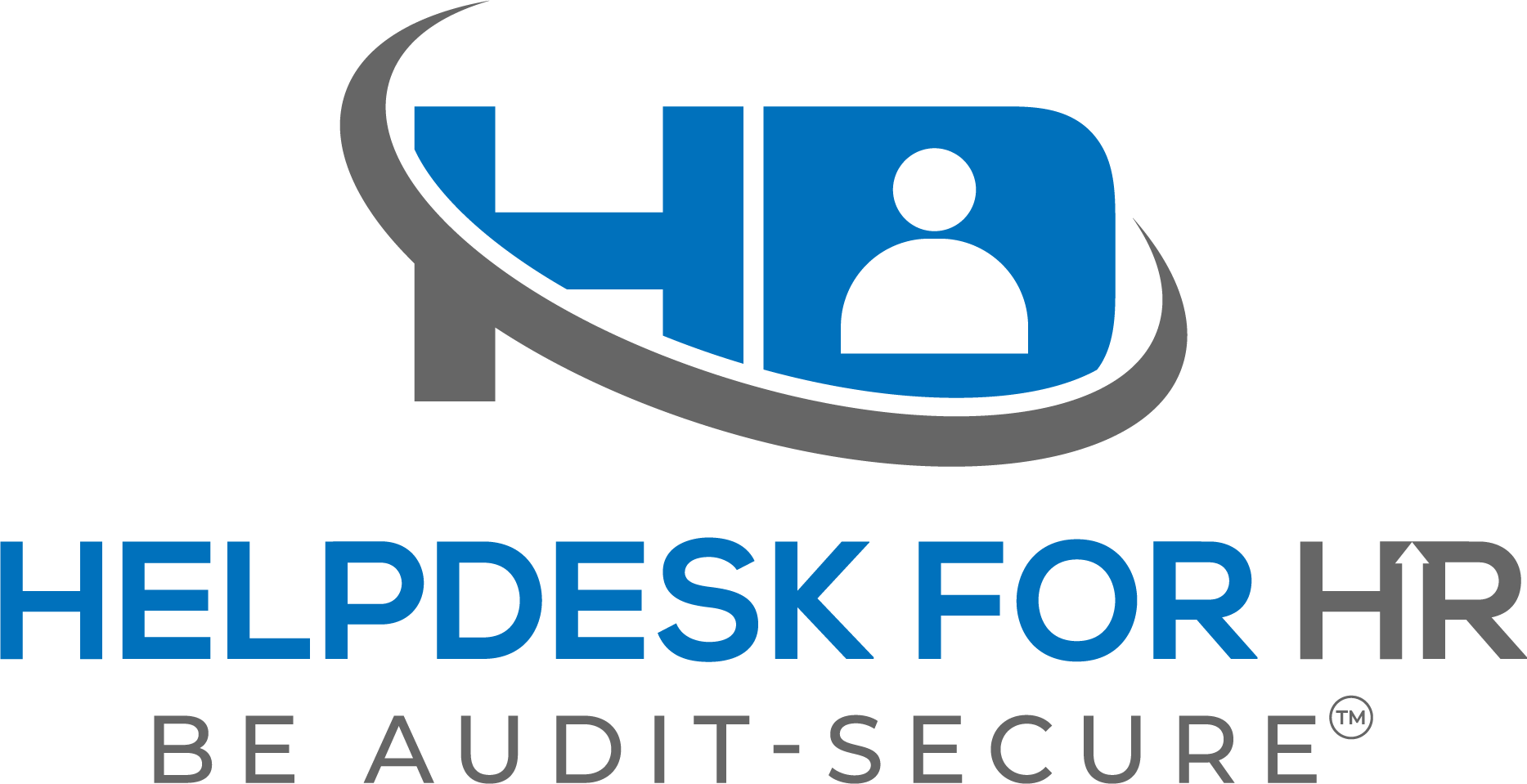Hey Compliance Warriors and Bosses!
As a business owner or HR professional in Massachusetts, you’ve likely heard whispers about a new law that’s set to shake up the hiring landscape. Well, the rumors are true, and it’s time to sit up and take notice. Governor Maura Healey has just signed into law “An Act Relative to Salary Pay Range Transparency,” and it’s going to change the way we approach job postings and employee communications.
So, what’s the big deal? In a nutshell, this law is all about pulling back the curtain on pay ranges. If you’re an employer with 25 or more employees in the Bay State, you’ll need to start including salary information in your job ads and be ready to share pay ranges with current employees who ask. It’s a bold move that puts Massachusetts in the company of states like California, New York, and Washington, who’ve already jumped on the pay transparency bandwagon.
Now, I know what you’re thinking. “Great, more red tape!” But hear me out. This law isn’t just about compliance – it’s about creating a fairer, more open workplace. By giving job seekers and employees clear information about potential earnings, we’re leveling the playing field and potentially avoiding some awkward conversations down the line.
Let’s break down what you need to know:
- The Clock is Ticking Mark your calendars for July 31, 2025. That’s when the new requirements kick in. It might seem like a ways off, but trust me, it’ll be here before you know it.
- Show Me the Money From that date forward, you’ll need to include salary ranges in all your job postings. This applies to everything from LinkedIn ads to that “Help Wanted” sign in your window. And if you’re promoting from within? Yep, you’ll need to disclose the pay range for that new role too.
- Honesty is the Best Policy When an employee or job applicant asks about pay ranges, you’ll need to provide that information. No more dancing around the subject or giving vague answers.
- Big Brother is Watching (Sort of) If you’ve got 100 or more employees and you’re already doing EEO reporting, you’ll need to submit a wage data report to the state by February 1, 2025. This report will break down pay data by demographics and job categories.
- Protect Your People The law includes protections for employees and applicants who exercise their rights under this new law. So, no retaliating against someone for asking about pay ranges or filing a complaint.
- Consequences for Rule-Breakers While employees can’t sue you directly for violations, the Attorney General can. Penalties start with a warning and can escalate to fines of up to $25,000 for repeat offenders.
So, what should you be doing right now? Start by taking a hard look at your current pay structures. Do you have clear ranges for all positions? If not, it’s time to start developing them. And if you’re operating in multiple states, you’ll need to make sure you’re complying with a patchwork of different pay transparency laws.
Remember, this isn’t just about avoiding fines. It’s about creating a workplace where everyone feels valued and fairly compensated. By embracing transparency, we can build stronger teams, attract top talent, and maybe even save ourselves some headaches in the long run.The road to July 2025 might seem long, but the time to start preparing is now. Let’s use this as an opportunity to create more equitable workplaces across Massachusetts. After all, a rising tide lifts all boats – or in this case, all paychecks.
Be Audit-Secure!
Lisa Smith, SPHR, SCP
Log in or Register to save this content for later.
